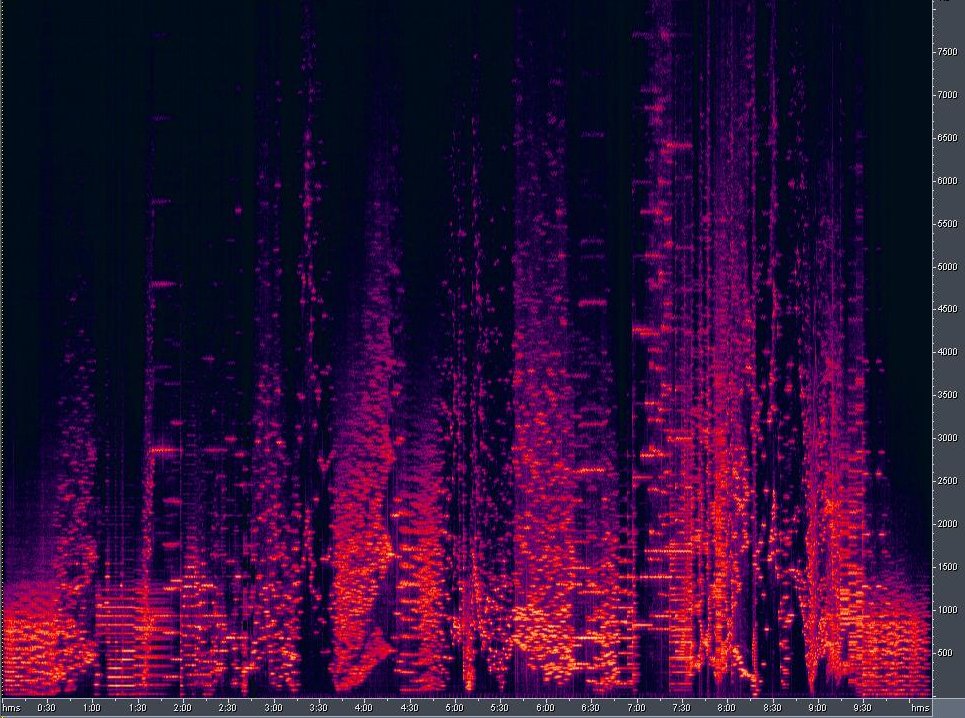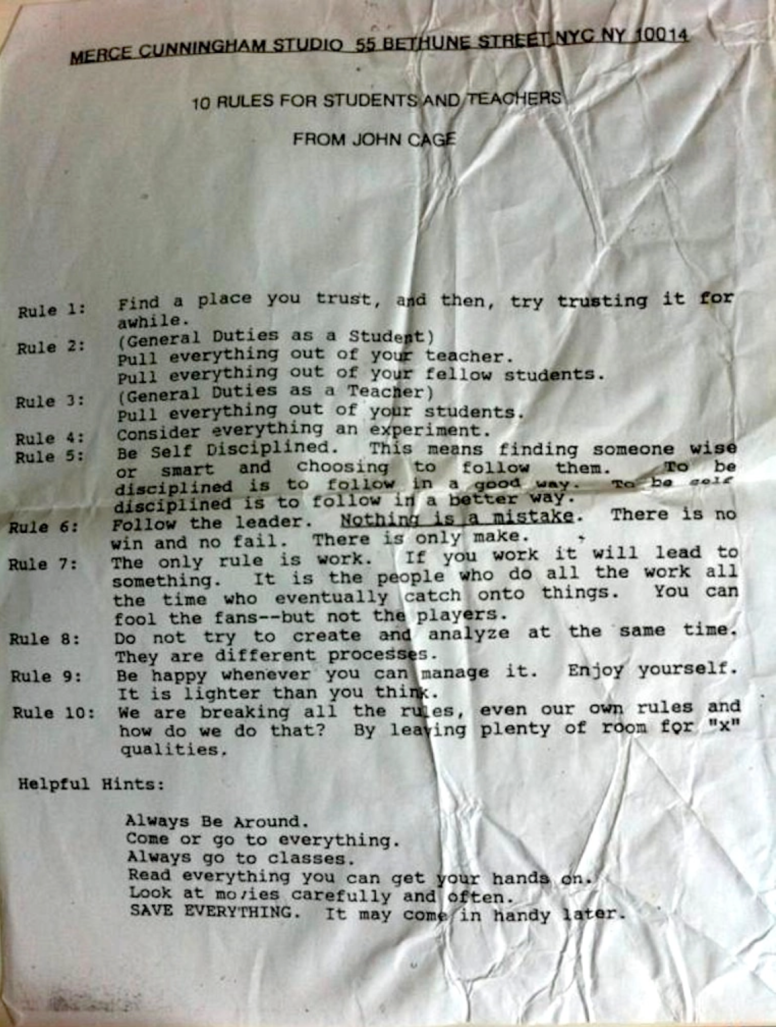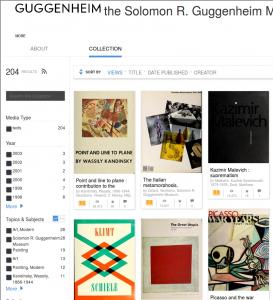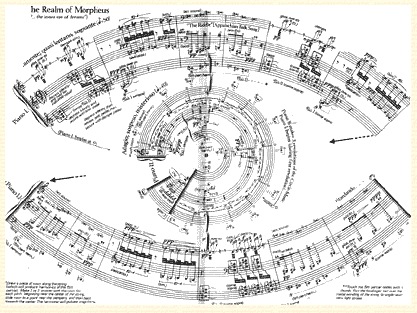Winter Leaves is an investigation into the relationships between harmony and timbre.
The basic technique is to build sounds whose spectra have a harmonic value. One of the ways to achieve this is to create sounds whose spectral components have chordal relationships.
In fact, Winter Leaves is based on 3 sounds, each made up of 5 sinusoids whose frequencies have a fixed musical interval between them. All sounds are built on the same root (47.5 Hz, about G). The other 4 components have ratios of 2 (8ve) in the first sound, of 2.24 (major 9th) in the second and 2.8856 (non-tempered interval corresponding to an increasing 11th) in the third.
The 3 basic sounds, therefore, have the following sinusoidal components:
- Ratio 2 -> 47.5, 95, 190, 380, 760 (overlapped 8ve)
- Ratio 2.24 -> 47.5, 106.4, 238.3, 533.9, 1195.9 (overlapped 9th)
- Ratio 2.8856 -> 47.5, 137.1, 395.5, 1141.3, 3293.4 (overlapped 11th+).
Of course spectra like this have both a tonal and a harmonic value. In the first spectrum the sound is a perfect consonance, in the second is a temperated dissonance and in the third with a non-tempered sound.




